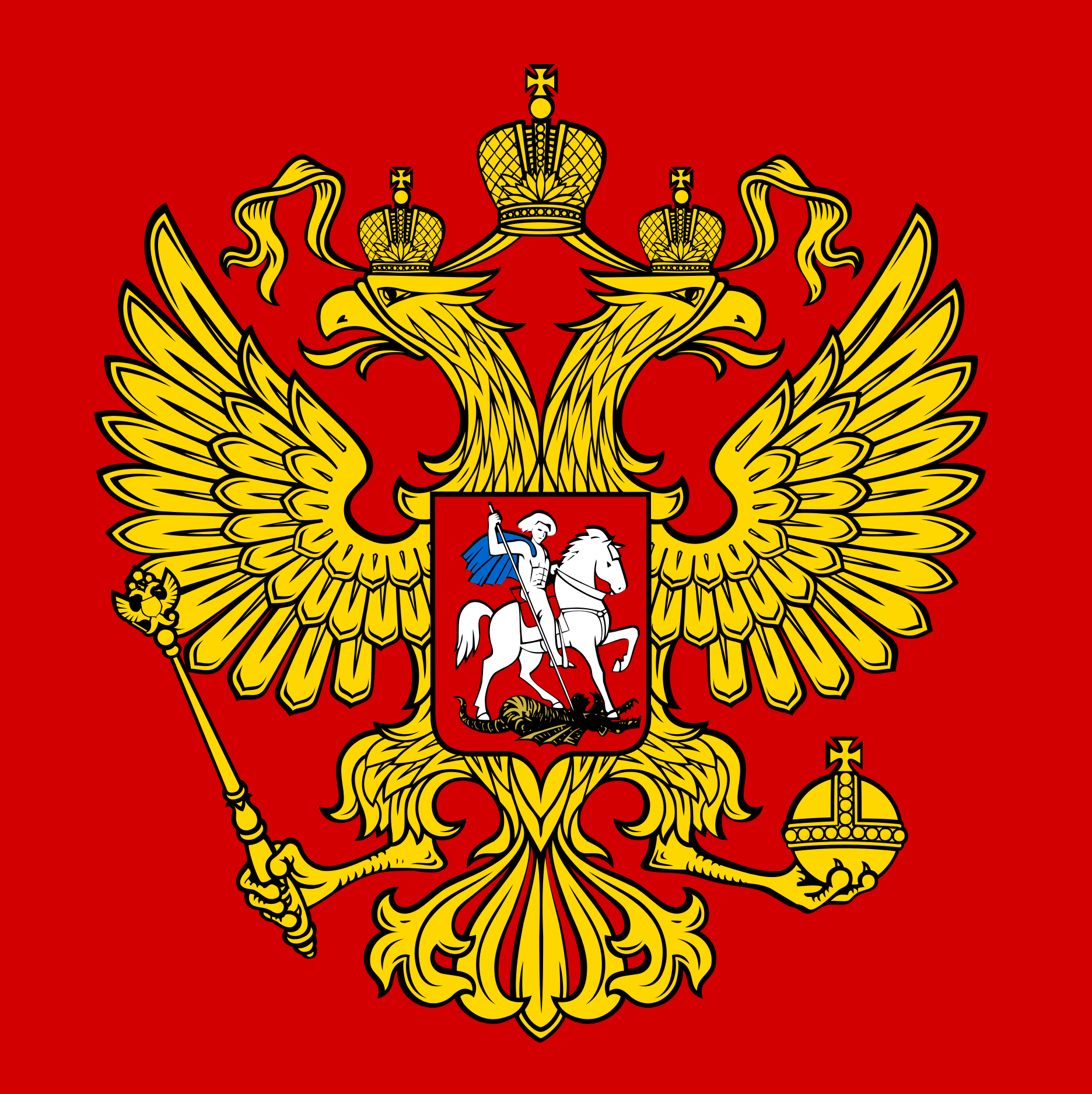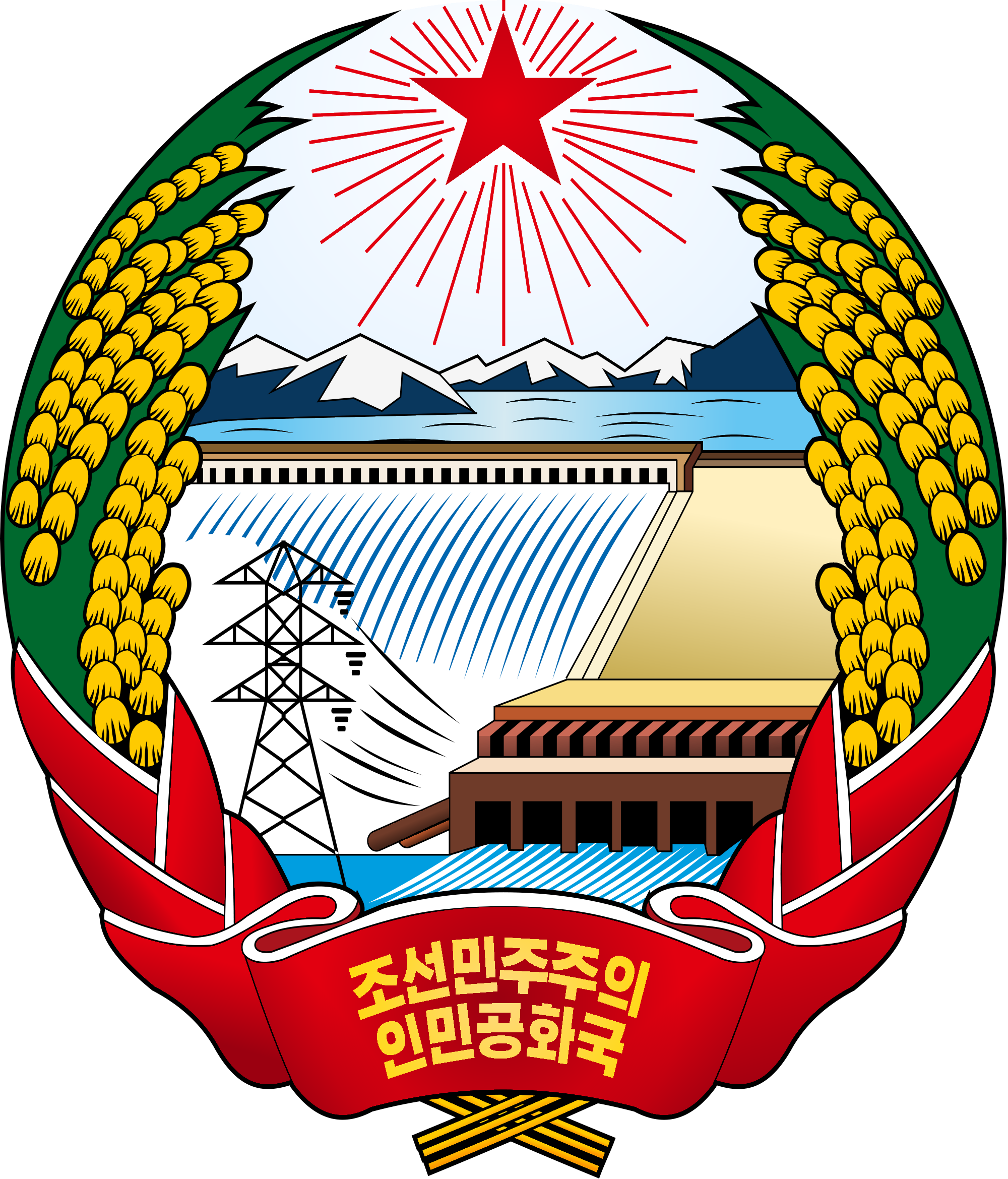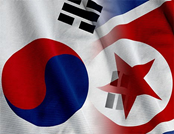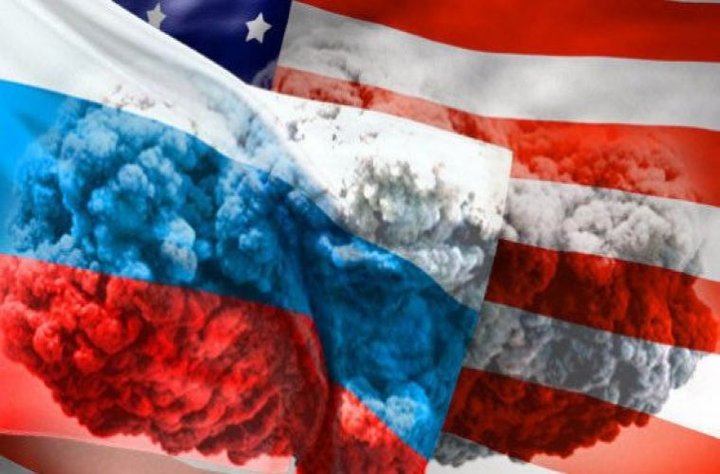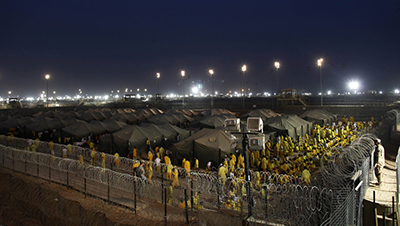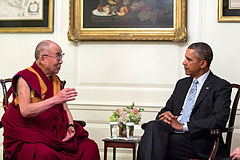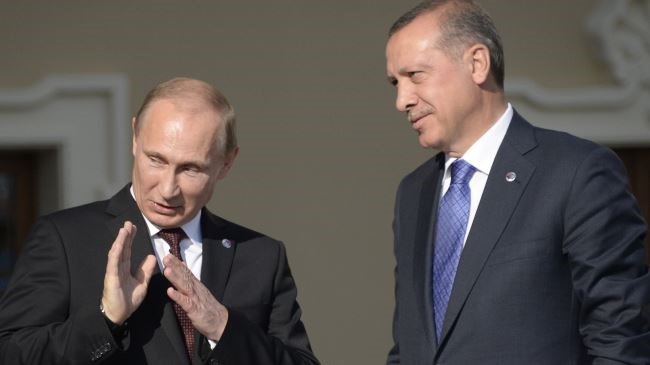CEO Cornerstone







Our biannual statements cover the issues which most impact our strategic timeline!
US befriends Saudi Arabia to control Kurdistan
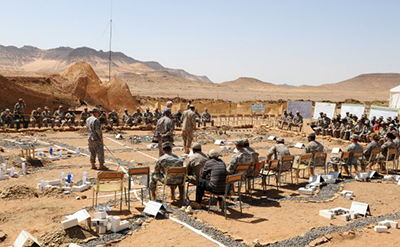
US Troops coerced Saudi Arabia into Yemen War to dominate OPEC
The US is undermining OPEC with bogus military missions to take control of the oil market with a new Kurdish State. Specifically, the US is backing the transformation of the Kurdistan region into an ISIS controlled western diaspora which favors the Turkish government. Let's take a detailed look as this also unveils a new Opium War over power within the European World Order. In October 2010, the US State Department informed its Congress of the decision to make its biggest arms sale ever to Saudi Arabia. Subsequently, military ties between Saudi Arabia and the US forged OPEC production policies forcing oil prices to plunge in 2014 from ongoing western monetary easing policies.
Candidly, the motivation behind the 2010 US arms sale (worth over $60 billion) to Saudi Arabia was for the US to fortify its announced military pivot to Asia. Saudi Arabia owns the world's largest oil company and is the main exporter of oil to Asia. Japan, South Korea, India and China are all importers of Saudi Arabian oil and are all impacted by the US military pivot to Asia. Meaning, the US is intertwining Saudi Arabia's military capabilities with its military pivot to Asia. However, the US is actually befriending Saudi Arabia to ensure it gains control over the Kurdistan Region. Currently, the US is covertly working with ISIL and Kurdish fighters to overthrow the Syrian Government. The goal is to establish a Kurdish State which actually threatens Saudi Arabia, Iran, Iraq and Afghanistan because of the War on Drugs.
Accordingly, the transformation of Kurdistan is our strategic focus for the next few weeks. ISIL, Kurds and Turkish renegades all view a new Kurdish State as a golden opportunity to control OPEC. In fact, the US coerced Saudi Arabia into the Yemen War to engulf its economy while undergoing transformation of the Kurdish region. Furthermore, the US has established an array of fighting positions with Turkish and Kurdish forces on opposite sides of the Euphrates River heading towards Iraq. Meaning, the Euphrates River forms the main artery for the US-backed Kurdish State. Moreover, the 2014 fall of Mosul illustrates the inability of the Iraqi Government to control the Kurds who seek to expand a new state. Yet, fighters for the Kurdish State have failed to consider Syria's growing air defense capabilities which commands its territory. Let's take a close look.
Strategic Focus |
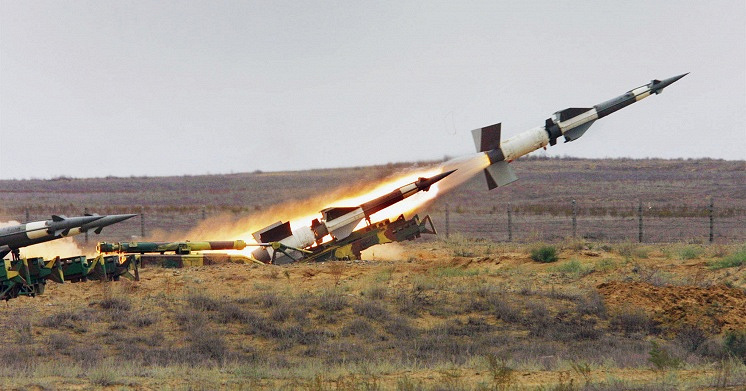
An independent Kurdistan in northern Iraq region expands the Syrian War into a larger scale regional conflict. However, the Russian Air Defense task force in Syria will prevent a larger military conflict from toppling the Syrian Government. Hence, US troops aim to ensure that guerilla Turkish renegades and Syrian troops never get into an open conflict because it will signal for Russia to take countermeasures against Turkey. Accordingly, Syria's current air defense capabilities include eliminating enemy warplanes, helicopters, cruise missiles and reconnaissance jets stemming from Turkish-US conflict manipulations.
Thus, Turkey is now the focal point of the Syrian War and the overthrow of the Syrian Government. Accordingly, Russia must utilize its forces from the Mediterranean Sea to control the expanding war against ISIL. Currently, Turkey has opportunities to expand into Southern Europe with Russia as opposed to being controlled by a western diaspora in Kurdistan. In fact, the transformation of Kurdistan represents a Western democratic crisis that demands our attention. Currently, the US is building a citadel along the Euphrates River with ISIL which requires a higher degree of international law enforcement. Furthermore, the use of force policies and practices of OPEC member states must retain the roots established under the rule of Saddam Hussein. Let's take a closer look.
Special Attention |
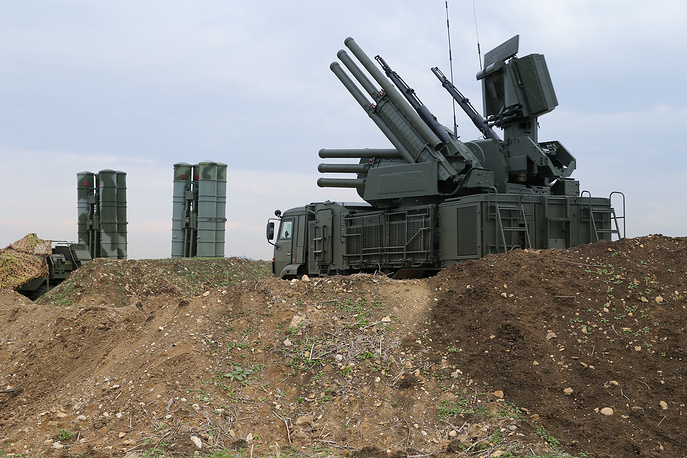
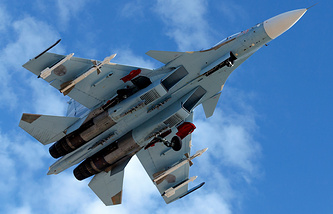
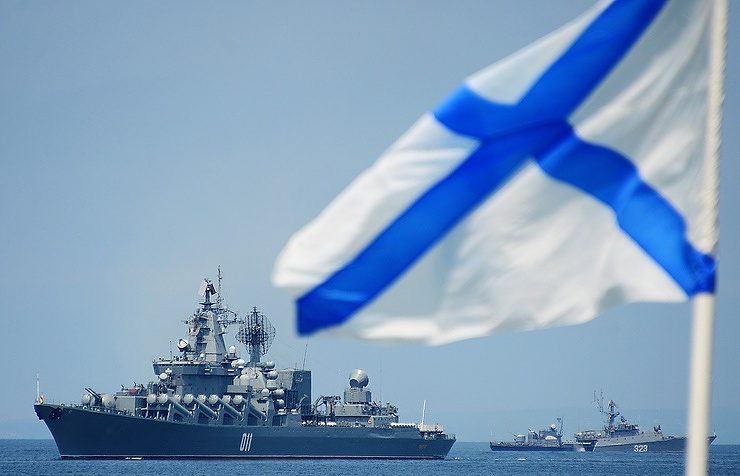
The transformation of Kurdistan into rebellious citadels along the Euphrates River reveal a major political firestorm brewing from the US Iraqi Invasion. The use of force (including weapons of mass destruction) is exactly the path western renegades have taken to supply ISIL. Thus, Russia's long-term defense posture in Syria is being challenged by an ongoing and wreckless US regional war for a new democracy. Currently, US troops are planning to allow their permanent bases in Iraq and Afghanistan to become strongholds for the ISIL network to negate its Iraqi invasion. Accordingly, the Syrian War must be controlled using Russia's Black Sea Fleet. Meaning, the Syrian Goverment must modify its use of force ordinance to facilitate the use of medium-range missiles along the Euphrates River.
Currently, Russia is developing next-generation air-defense weapons technology with China and India. These technologies modernize the capabilities of delivering sophisticated area ground strikes. Medium-range missiles are being modified to deliver maximum payload against expanding enemy threats involving territorial claims. New technical upgrades and fighting tactics are expected to accelerate around 2020. Thus, the new Russian naval base in the port of Tartus, Syria allows for the expansion of Russia's next-generation air-defense weapons. Russia has set the tone in the region with the delivery of its S-400 air-defense system which is capable of killing enemy aircraft from 400 km away.
Meanwhile, the war for a western controlled democracy in Kurdistan is becoming a major threat to the global financial system. Thus, the Syrian Government can simply modify its use of force policies so Russia can easily meet its contractual commitments. Meaning, the legal protection from Syria to permit the use of medium-range missiles from the Black Sea Fleet comes with social guarantees. It eliminates the renegade controlled western diaspora's blooming along the Euphrates River. Thus, combat engineers must work diligently to create rebuilding plans for the Kurdistan region as Iran begins its work on a new river canal.
Follow @SoulFreeWiz